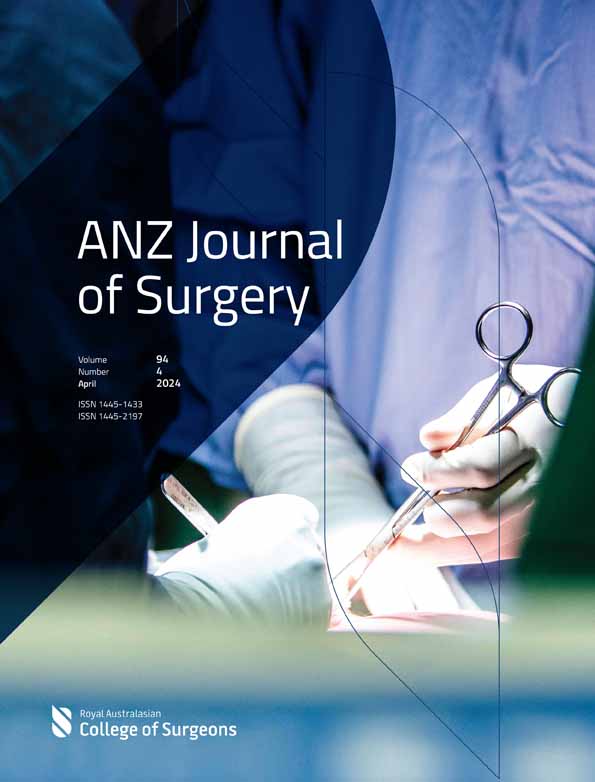Mandibular condylar fractures: a 5-year retrospective analysis comparing open versus closed reduction
Abstract
Background
Mandibular fractures are common facial fractures, and contemporary management of mandibular condylar fractures is controversial. The purpose of this study was to compare the outcomes of patients who sustained a mandibular condylar fracture between 2016 and 2020, who were managed by either open or closed techniques. The outcomes of this study were: post-operative facial nerve function, occlusion, and maximal mouth opening.
Methods
This study is a retrospective multicentre cohort study which assessed clinical records for 246 patients with mandibular condyle fractures in three hospitals in Perth, Western Australia. The primary outcome measure was changes in post-operative facial nerve function.
Results
One hundred and thirty-two patients underwent open reduction and internal fixation (ORIF), and 114 patients had closed management. The overall rate of temporary facial nerve injury following ORIF was 3.28%. The overall rate of permanent facial nerve injury was 0.82%. Sialocoele occurred in 2.46% of all patients who underwent ORIF. 6.14% of patients had persisting malocclusion across both groups. There was a statistically significant association between the degree of fragment shortening and facial nerve injury (P = 0.0063), with more facial nerve changes in the group with 5 mm or greater of fragment shortening.
Conclusions
There is still significant debate over the management of mandibular condylar injuries. This study demonstrates a similar rate of temporary and permanent facial nerve injury as previously described, as well as a similar rate of sialocoele occurrence. Further prospective studies may provide clarity about important characteristics that will help guide decision making for mandibular condylar fractures.
Conflict of interest
None declared.




